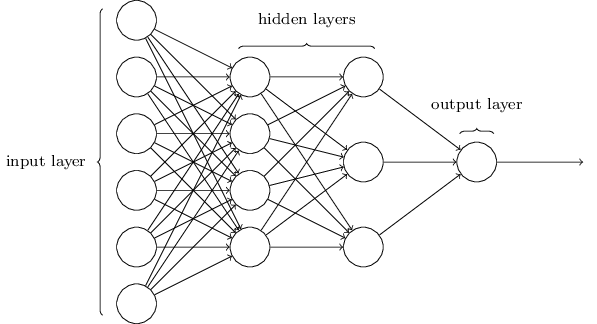How to Build a Growth Factory

Back in 2012, I was advising automotive supplier Faurecia on its Silicon Valley engagement strategy. I took the gig because it would provide a "financial balance" to my other project, working as COO for an early stage startup, Lumoback. The team at Faurecia seemed quite humbled by what was going on in Silicon Valley, referring to their industry as “dinosaurs” located in the “rust belt”. I agreed with them at the time – my work at Lumoback was infinitely more exciting and making cars felt so last-century!
Well, after a few years of working with Faurecia, I changed my mind about the automotive industry – I became quite impressed by its wide-ranging and efficient supply chain and its experience steadily churning out products that last for decades. Faurecia was no dinosaur, destined for extinction, and it had nothing to be humble about. I concluded that the world really needs both types of companies – fast-moving startups with disruptive ideas, and slower-moving corporates that have the scale to meet global demand efficiently – and built my consulting practice to bring these two types of companies together.
Exploration vs. Exploitation

I recently discovered that this concept of two different types of organizations is not new. In 1991, Stanford Professor James March wrote a seminal paper that introduced the terms Exploitation and Exploration in an organizational learning context. Larger companies tend to prefer working in Exploitation mode, focusing on generating incremental ideas to improve existing product features and quality, or to reduce manufacturing costs. Smaller companies favor Exploration, adopting a riskier strategy to establish new product categories and business models. Stanford Professor Charles O’ Reilly III and Harvard Professor Michael Tushman went further in 2004, when they posited in the Harvard Business Review article, The Ambidextrous Organization, that both modes should be encouraged to exist in the same company – this may have provided the spark for the explosion of corporate Innovation Centers established in Silicon Valley in the past decade.
Managing Ambidexterity
Unfortunately, these academic theories and prescriptions don’t seem to survive most real-life corporate implementations. Exploration-mode innovation centers are usually instructed to transfer their interesting proof-of-concept projects to Exploitation-mode product groups for market introduction. After the transfer, these new ideas don’t survive – they are either killed outright or delayed to make room for more pressing incremental projects. As a result, most innovation teams find that they have little impact on the corporate bottom line.
From Idea Factory to Growth Factory

The solution is simple to describe, but of course much harder to implement in practice: keep the projects longer in the innovation team – at least until they have achieved a certain amount of customer revenue and may no longer be viewed as dilutive to the profit margins of the mainline divisions. Our book contains a lot of practical detail on this as this is the key theme of our book – turning innovation teams from idea factories into growth factories.
More Blog articles in our archives:



























